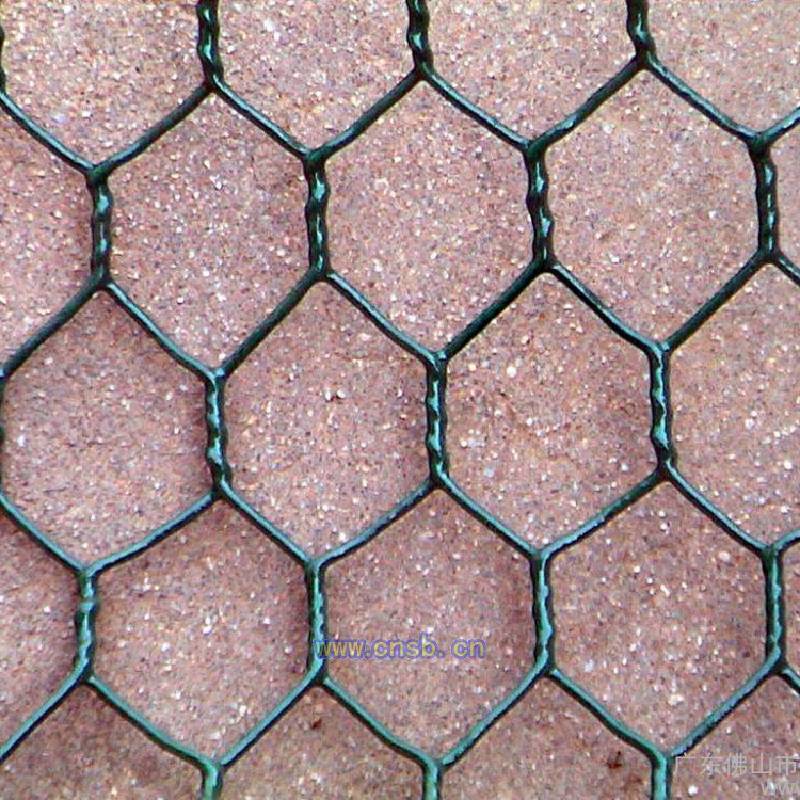
- Mobile Phone
- +8613931874955
- sales@cntcmetal.com
Feb . 13, 2025 08:08
Back to list
Welded mesh formwork
When choosing the right welded wire mesh size for your project, it is crucial to evaluate various factors to ensure optimal performance and safety. As an expert in the metal mesh industry, the following insights will guide you through key considerations, enabling informed decisions while highlighting the benefits and applications of specific mesh sizes.
To ensure a perfect fit for your needs, conducting a thorough site assessment is advisable. This process involves examining environmental conditions—such as exposure to moisture or chemicals—that may influence material choice. In coastal regions, for instance, stainless steel is preferred over standard galvanized options due to its superior corrosion resistance. The versatility of welded wire mesh sizes manifests in its myriad applications. In agriculture, specific mesh dimensions are tailored for different livestock species, promoting secure containment while ensuring ease of maintenance. Meanwhile, in the realm of safety, the mesh's role as a barrier in residential or commercial buildings provides peace of mind against intrusion without obstructing visibility. Cost considerations cannot be overlooked. Smaller mesh sizes with heavy wires generally cost more due to increased material usage. However, the upfront investment often translates into long-term savings through reduced maintenance and replacement frequencies. Evaluating lifecycle costs alongside immediate budget constraints offers a balanced financial perspective. Additionally, welded wire mesh serves an aesthetic function in modern architecture and landscape design. The mesh's ability to blend structural support with visual appeal makes it a favored choice for designers seeking minimalist yet robust solutions. Incorporating colored or coated wires further expands its applicability, accentuating design elements while maintaining functional integrity. In conclusion, selecting the appropriate welded wire mesh size entails a meticulous evaluation of load considerations, material properties, and cost implications. By leveraging industry standards and expert advice, stakeholders can secure mesh solutions that not only meet but exceed project expectations. As innovations continue to emerge, staying informed about advancements in welding technology and material science will unlock new possibilities in mesh applications, driving efficiency and creativity across sectors.


To ensure a perfect fit for your needs, conducting a thorough site assessment is advisable. This process involves examining environmental conditions—such as exposure to moisture or chemicals—that may influence material choice. In coastal regions, for instance, stainless steel is preferred over standard galvanized options due to its superior corrosion resistance. The versatility of welded wire mesh sizes manifests in its myriad applications. In agriculture, specific mesh dimensions are tailored for different livestock species, promoting secure containment while ensuring ease of maintenance. Meanwhile, in the realm of safety, the mesh's role as a barrier in residential or commercial buildings provides peace of mind against intrusion without obstructing visibility. Cost considerations cannot be overlooked. Smaller mesh sizes with heavy wires generally cost more due to increased material usage. However, the upfront investment often translates into long-term savings through reduced maintenance and replacement frequencies. Evaluating lifecycle costs alongside immediate budget constraints offers a balanced financial perspective. Additionally, welded wire mesh serves an aesthetic function in modern architecture and landscape design. The mesh's ability to blend structural support with visual appeal makes it a favored choice for designers seeking minimalist yet robust solutions. Incorporating colored or coated wires further expands its applicability, accentuating design elements while maintaining functional integrity. In conclusion, selecting the appropriate welded wire mesh size entails a meticulous evaluation of load considerations, material properties, and cost implications. By leveraging industry standards and expert advice, stakeholders can secure mesh solutions that not only meet but exceed project expectations. As innovations continue to emerge, staying informed about advancements in welding technology and material science will unlock new possibilities in mesh applications, driving efficiency and creativity across sectors.
share:
Next:
Latest news
-
Wall Ties for Concrete: Invisible Guardians of Building Structural StabilityNewsAug.08,2025
-
Timber Frame Wall Ties: Stable Bonds for Load TransmissionNewsAug.08,2025
-
Stainless Steel Woven Wire Mesh: A versatile material from boundary protection to functional supportNewsAug.08,2025
-
Powder Coat Coil Springs: Creating peace of mind and reliability with sturdy protectionNewsAug.08,2025
-
Floor Standing Sign Holder: A Powerful Assistant for Flexible DisplayNewsAug.08,2025
-
Binding Iron Wire: An Invisible Bond for Building StabilityNewsAug.08,2025
-
Yard Sign Stakes: Reliable Guardians of Outdoor SignsNewsAug.04,2025



















